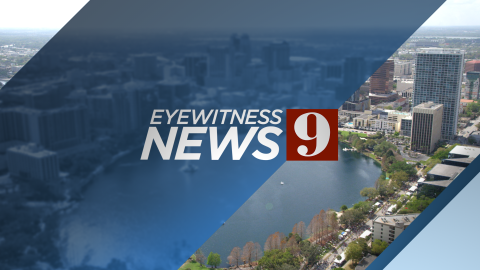NOAA and FDA announce chemical test for dispersant in Gulf seafood [and declare] All Samples Test Within Safety Threshold
http://www.fda.gov/NewsEvents/Newsroom/PressAnnouncements/ucm231653.htm
*In wake of BP oil spill, scientists track a fish used for pet foods, supplements http://blog.al.com/live/2010/10/oil_spill_gulf_menhaden.html.
FDA's standards for Gulf seafood may be lower than those in past oil spills http://blog.al.com/live/2010/09/fdas...lf_seafoo.html
A Press-Register examination of the process used to reopen state waters around the Gulf to commercial fishing suggests that the Food and Drug Administration used an imprecise testing method, less protective standards than after past oil spills, and seafood consumption estimates that may not account for the dietary habits of Gulf Coast residents.
Granted, you have to start somewhere, but the NOAA-FDA study announcement made on Oct. 29, 2010, is based on 1,735 tissue samples, negligible, at best, as compared to the immensity* of marine life industrially caught in the Gulf for food production alone.
http://www.fda.gov/NewsEvents/Newsroom/PressAnnouncements/ucm231653.htm
*In wake of BP oil spill, scientists track a fish used for pet foods, supplements http://blog.al.com/live/2010/10/oil_spill_gulf_menhaden.html.
FDA's standards for Gulf seafood may be lower than those in past oil spills http://blog.al.com/live/2010/09/fdas...lf_seafoo.html
A Press-Register examination of the process used to reopen state waters around the Gulf to commercial fishing suggests that the Food and Drug Administration used an imprecise testing method, less protective standards than after past oil spills, and seafood consumption estimates that may not account for the dietary habits of Gulf Coast residents.
Granted, you have to start somewhere, but the NOAA-FDA study announcement made on Oct. 29, 2010, is based on 1,735 tissue samples, negligible, at best, as compared to the immensity* of marine life industrially caught in the Gulf for food production alone.




Comment